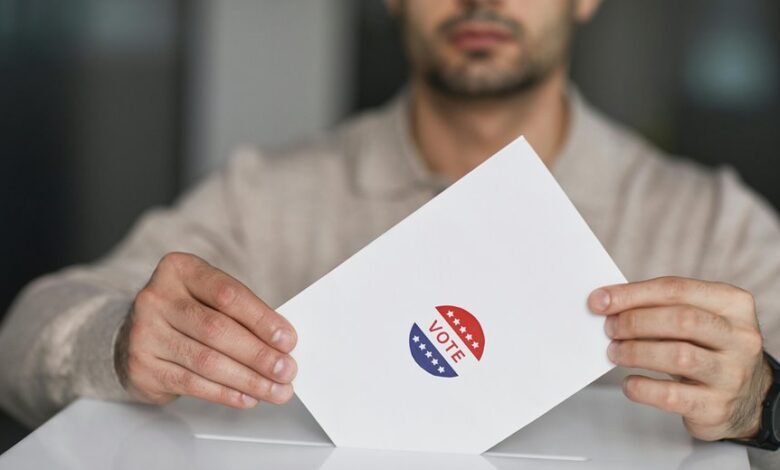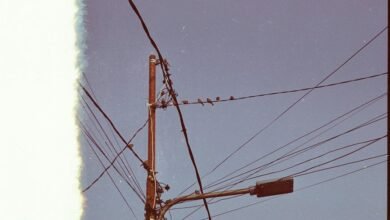Photoaconpan: O Impacto de Imagens no Âmbito Jurídico

The integration of visual evidence in courtrooms signifies a pivotal shift in legal proceedings. Images can enhance comprehension and retention of complex information, thereby influencing juror decision-making. However, this reliance on visuals introduces ethical dilemmas regarding authenticity and bias. As the judicial process evolves, the balance between impactful imagery and the integrity of verbal testimony remains a critical concern, prompting further examination of its implications for fair trial outcomes. What emerges from this intersection of law and visual representation?
The Power of Visual Evidence in Courtrooms
Although the legal system traditionally relies on verbal testimony and documentary evidence, the integration of visual evidence has become a critical component in modern courtrooms.
Visual storytelling enhances courtroom dynamics by providing jurors with compelling narratives that transcend linguistic barriers. This evolution underscores the importance of images in conveying complex information, ultimately influencing juror perceptions and decisions in a pursuit of justice.
The Role of Media and Public Perception
As the judicial process unfolds, the influence of media extends beyond mere coverage, shaping public perception and, consequently, the dynamics within the courtroom.
Media narratives play a crucial role in framing cases, thus impacting public opinion. This influence can create biases that affect juror perspectives and overall trial outcomes, highlighting the intricate interplay between media representation and the judicial system’s integrity.
Ethical Considerations in the Use of Images
While the incorporation of images in legal contexts can enhance understanding and engagement, it also raises significant ethical considerations that merit scrutiny.
Issues of image authenticity are paramount, as manipulated or misleading visuals can distort judicial outcomes.
Furthermore, privacy concerns emerge, particularly when individuals’ identities are exposed.
Balancing these ethical dilemmas is essential to uphold justice and maintain public trust in the legal system.
Conclusion
In the intricate tapestry of the judicial process, images serve as potent threads, weaving emotional resonance into the fabric of legal narratives. While they illuminate the shadows of complex testimonies, their presence invites scrutiny, as authenticity and bias loom like specters in the courtroom. Thus, the delicate balance between visual impact and the sanctity of verbal testimony emerges as a pivotal challenge, underscoring the need for a judicious approach to ensure that justice, in all its forms, prevails.







